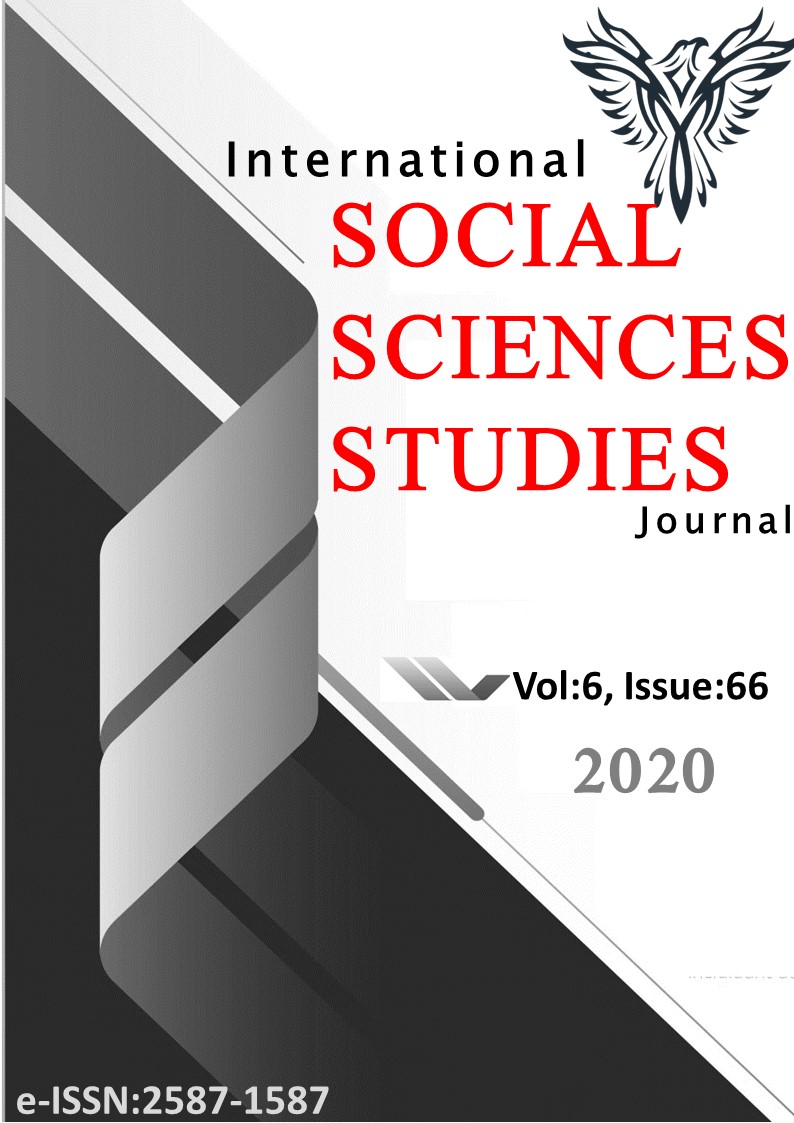Author :
Abstract
Kadının ve erkeğin toplum tarafından sosyal olarak belirlenen rol ve sorumluluklarına toplumsal cinsiyet adı verilmekte olup, bu olgu toplumdan topluma ve zaman içinde farklılık göstermektedir. Kadın, toplumda bir birey olmak, evde olmak, eş olmak, ev kadın olmak gibi sorumluluk gerektiren oldukça zor görevlere sahiptir. Diğer yandan toplumda cinsiyetçi rol dağılımı da, kadına benzer rol ve sorumluluklar yüklemektedir. Erkekler ise, toplumda daha üstün olarak sayılan baba olma, evi geçindirme ve evin idarecisi rollerini üstlenmektedir. Erkeğe yüklenen roller üstün olarak görülürken kadına atfedilen toplumsal roller daha değersiz görülmektedir. Geçmişten günümüze toplumsal yaşamın birçok alanında ne yazık ki erkeğe kadından daha fazla değer ve öncelik veren bir eşitsizlik modeli süregelmektedir. Bu eşitsizlik, özellikle toplumsal yaşam, evlilik ve aile içi yaşam, çalışma yaşamı, eğitim durumu, siyaset ve karar mekanizması, insan haklarını kullanma, sağlık hizmetlerinden yararlanma gibi alanlarda daha fazla göze çarpmaktadır (Castro, Carbonell ve Anestis, 2011). Toplumsal cinsiyet eşitsizliği nedeniyle kadınlar daha az sağlıklı, daha düşük eğitimli, daha az işgücüne katılan, daha az gelir getiren işlerde çalışan pozisyondadır. Toplumsal cinsiyet, biyolojik cinsiyetle açıklanamayan sosyal sınıf, ataerkillik, siyaset ve toplumdaki üretim biçimiyle bağlantılı bir kavramdır. Toplumsal cinsiyet, özellikle rollerin şekillenmesi açısından oldukça önemlidir çünkü erkeklik ve kadınlık yapıları, insanoğlunun cinselliği anlama ve ifade etme biçimleri şekillendirir. Toplumsal cinsiyet ideolojileri, çocuk cinsel istismarı ve çocukluk ensesti dâhil olmak üzere şiddet ve istismara karşı savunmasızlığa yol açan eşitsiz güç ilişkileri ile karakterize etmektedir. Ensestin temel nedenlerinden biri toplumsal cinsiyetin beraberinde getirdiği roller ve üstünlük algısıdır. Bu çalışmada, toplumsal cinsiyet eşitsizliğinin ensest vakalara neden olması ve yansımaları tartışılacaktır (McGovern ve Meyers, 2002).
Keywords
Abstract
The roles and responsibilities of women and men socially determined by society are called gender, and this phenomenon differs from society to society and over time. Women have very difficult tasks that require responsibility such as being an individual in the society, being at home, being a wife, and being a housewife. On the other hand, the distribution of sexist roles in society also imposes roles and responsibilities similar to women. Men, on the other hand, play the roles of being a father who is regarded as being superior in the society, supporting the house and the manager of the house. While the roles attributed to the man are seen as superior, the social roles attributed to the woman are seen to be less valuable. Unfortunately, in many areas of social life from the past to the present, a model of inequality that gives men more value and priority than women continues. This inequality is more prominent especially in areas such as social life, marriage and family life, working life, educational background, politics and decision making mechanism, using human rights, and benefiting from health services (Castro, Carbonell and Anestis, 2011). Due to gender inequality, women are in a position to work in jobs that are less healthy, less educated, participate in less labor, and earn less income. Gender is a concept associated with social class, patriarchy, politics and mode of production in society that cannot be explained by biological sex. Gender is particularly important for shaping roles because masculinity and femininity structures shape the way human beings understand and express sexuality. Gender ideologies are characterized by unequal power relationships that lead to vulnerability to violence and abuse, including child sexual abuse and childhood incest. One of the main reasons for incest is the roles and perception of superiority brought by gender. In this study, the causes and reflections of gender inequality in incest cases will be discussed (McGovern and Meyers, 2002).





